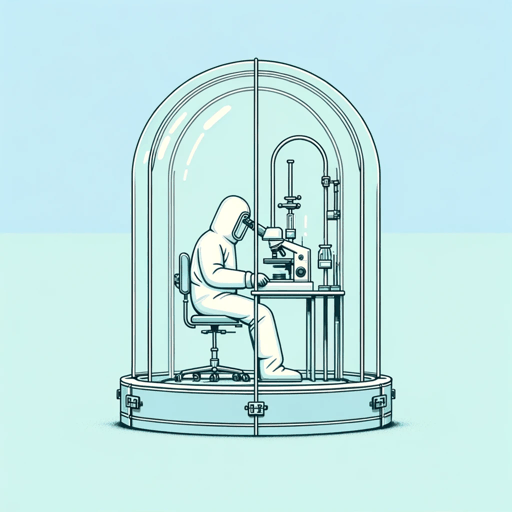50 pages • 1 hour read
Richard PrestonThe Hot Zone: The Terrifying True Story of the Origins of the Ebola Virus
Nonfiction | Book | Adult | Published in 1994A modern alternative to SparkNotes and CliffsNotes, SuperSummary offers high-quality Study Guides with detailed chapter summaries and analysis of major themes, characters, and more.
Background
Scientific Context: The Ebola Virus
Some critics in 1994 accused Preston of being alarmist and of making too much of the dangers of the Reston event in particular and filoviruses in general, but the Ebola virus’s subsequent behavior bears him out. The West African Ebola outbreak of 2014, which infected more than 28,000 people and resulted in 11,000 deaths, highlights the true potential of these viruses to cause widespread disease, including in urban areas (see Centers for Disease Control, “History of Ebola Outbreaks,” 2023). The Hot Zone raised awareness of this possibility in the public mind 20 years before it arrived.
The medical science of the identification and treatment of filoviruses has advanced since 1994, including the development (using samples of Nurse Mayinga’s virus) of a vaccine effective against Ebola Zaire. Monoclonal antibody treatments are also used when available, and early supportive care including intravenous rehydration can improve survival rates even in their absence. Fatality rates in Ebola outbreaks can still vary from 25-90% depending upon the local circumstances and medical response, meaning that health justice and the relationship of healthcare providers to the communities they serve are crucial. The Hot Zone does make some claims that have not been borne out by subsequent science.
Related Titles
By Richard Preston




